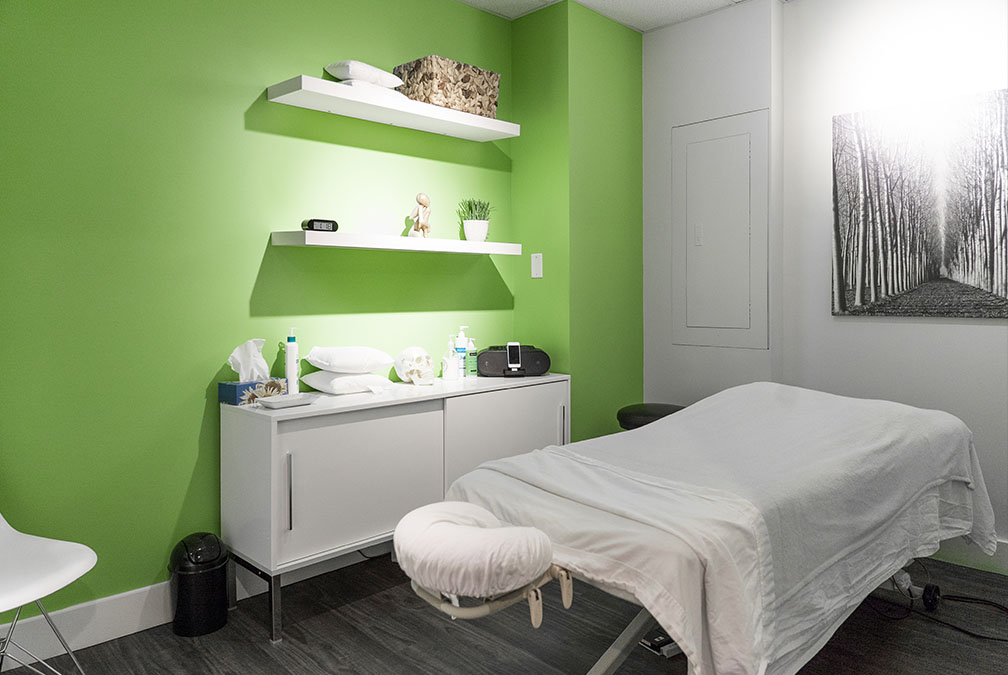Massage 101

I have recently had some requests from the public to teach them basic massage techniques, so I thought I might as well start with the basics of massage. Of course massage is a combination of manual techniques combined with body contact and tissue manipulation, but there are 4 basic principles to follow when starting your first journey into massage.
Your strokes and movements need to have purpose and meaning and these all satisfy specific goals while first approaching massage:
- General to specific to general
- Superficial to deep to superficial
- Periphery to center to periphery
- Proximal to distal to proximal
General to Specific to general serves a few purposes, introducing your touch to the patient, helps you as the therapist to feel the integrity of the tissue, and brings circulation to the areas being treated. Using broad techniques such as effleurage to start generally and then using more direct techniques such as petrissage to begin getting more specific. This is a very important step in gaining the trust and appreciation of the patient.
Superficial to deep to superficial is used to work into the tissue deeper, you need to work through the superficial tissue and relax it to be able to get to the deeper problems the body might be holding onto. If you can master this principle it will allow you to solve some really intense issues the patient might be having.
Periphery to center to periphery concept is most likely used when dealing with a specific injury site. Whether it be a bone break, contusion, or a muscle strain using this principle will allow you to evaluate the severity of the injury and how painful the tissue really is, starting away from the site, slowly working towards it, and the working back out from the injury site helps prevent pain after the massage.
Proximal to distal to proximal helps you as a therapist bring nutrients and blood to the extremities in an efficient way. Starting with the shoulders and working towards the finger tips and then back to the shoulders helps arterial flow to the forearms and fingers, and then working back towards the shoulders helps venous flow back to the heart.
When first learning how to do massage using these principles will help you to be successful, the next step in becoming good at massage is learning the specific strokes. In Massage 102, I will help you learn the basic strokes of massage, Effleurage and Petrissage.
Adam Mullock, RMT, BHSC
About twice a month our therapists will be posting answers to commonly asked questions. So, if you have a burning question that you want answered let us know in the comments below.
We can cover anything ranging from active rehabilitation, to injury prevention.
This week our featured therapist is Adam Mullock. To learn more about Adam check out our PhysioWorks team.


Leave a Reply